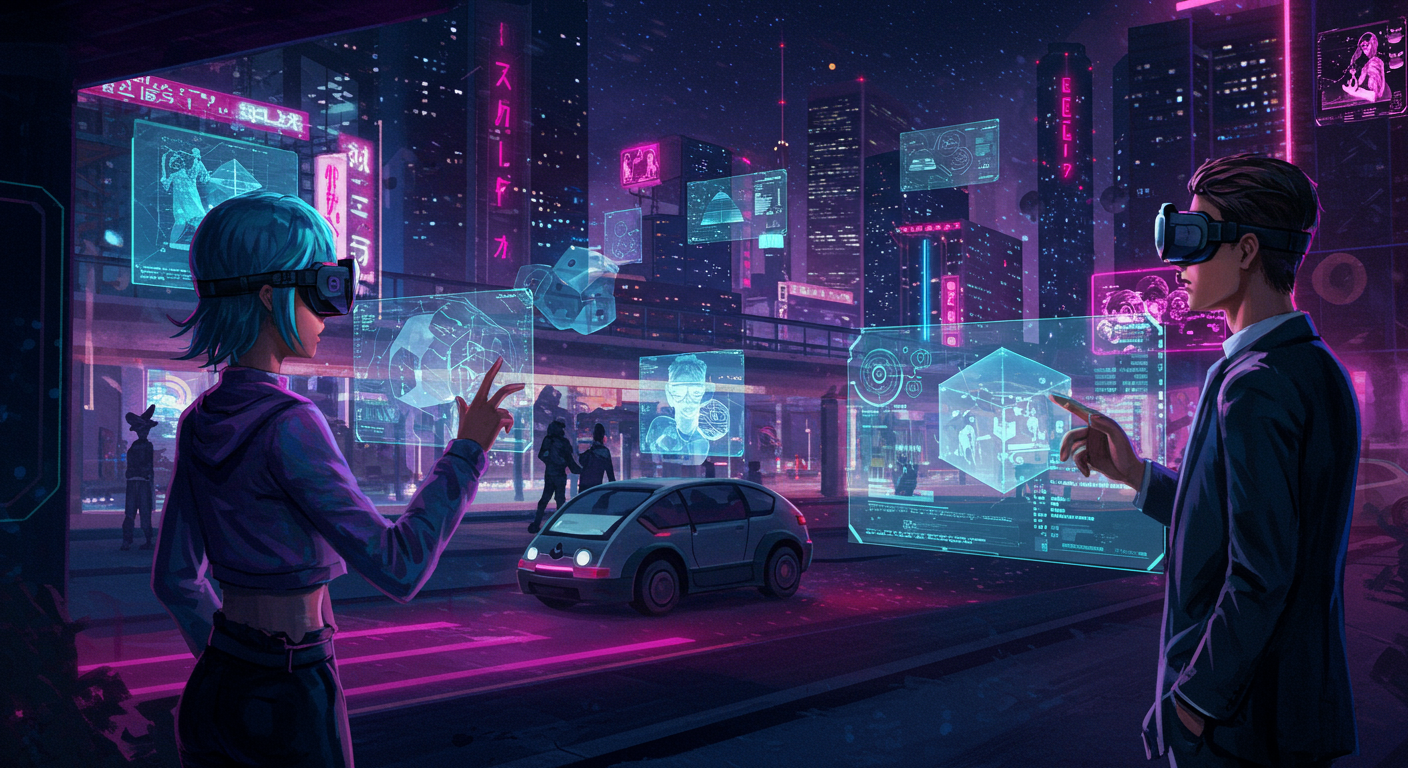The Metaverse and Spatial Computing: A New Digital Frontier
Unveiling the symbiotic relationship between the burgeoning Metaverse and the foundational principles of Spatial Computing.

Bridging Realities: The Core Connection
The Metaverse, often envisioned as a persistent, shared, 3D virtual world or worlds, is intrinsically linked to Spatial Computing. While the Metaverse provides the conceptual framework for these new digital realms, Spatial Computing delivers the technological underpinnings that make them immersive, interactive, and seamlessly integrated with our physical reality. Think of Spatial Computing as the engine and interface that allows us to navigate and interact within the Metaverse.
Spatial Computing enables the Metaverse by allowing digital information and virtual objects to be:
- Contextually Aware: Understanding and reacting to the physical environment and user presence.
- Persistently Anchored: Virtual elements can maintain their position and state in relation to the real world or within a virtual space over time.
- Interactively Rich: Users can manipulate and engage with digital content using natural gestures, voice, and gaze.
Key Technologies Powering the Symbiosis
Several key technologies, central to Spatial Computing, are pivotal in building and experiencing the Metaverse:
- Augmented Reality (AR): Overlays digital information onto the real world, acting as a crucial bridge to the Metaverse by enhancing our current reality. Companies like Niantic are pioneers in AR experiences.
- Virtual Reality (VR): Creates fully immersive digital environments, offering deep dives into Metaverse spaces. Platforms like Meta Quest are popular gateways.
- Mixed Reality (MR): Blends physical and digital worlds, where virtual objects can interact with real-world objects, offering sophisticated Metaverse interactions.
- 3D Reconstruction and Mapping: Essential for creating digital twins of physical spaces and for virtual objects to realistically interact with their surroundings.
- Artificial Intelligence (AI): Powers everything from realistic avatars and NPCs (Non-Player Characters) to environment understanding and personalized experiences within the Metaverse.
- Blockchain and Web3: While not exclusive to Spatial Computing, these technologies are often discussed in the context of the Metaverse for enabling digital ownership, decentralized economies, and interoperability. Explore more about Web3 on ethereum.org.
The Future is Spatially Aware and Interconnected
As both Spatial Computing technologies mature and the vision of the Metaverse becomes clearer, we can expect increasingly sophisticated and integrated experiences. From virtual workspaces and social platforms to training simulations and entertainment, the convergence of these fields promises to redefine how we connect, create, and interact in an increasingly digital world. The journey is just beginning, but the potential for a spatially aware, interconnected Metaverse is vast and transformative.
Understanding this interplay is crucial for anyone looking to participate in or build for this next generation of the internet.